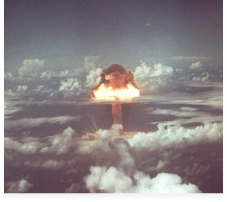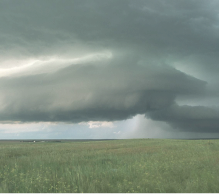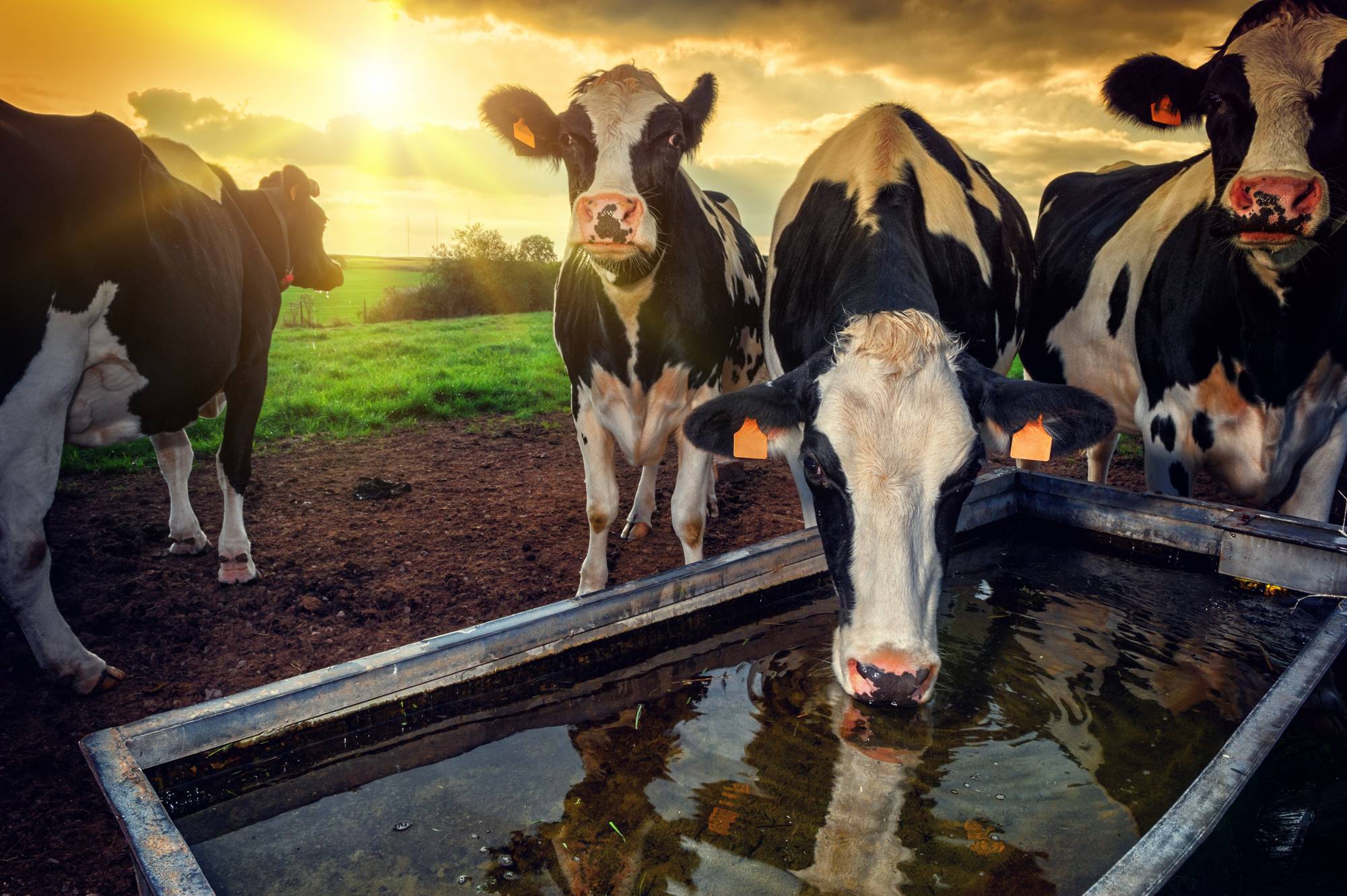Read the Latest
- New Nuclear Weapons Testing ‘Would Be Really Damaging to U.S. interests,’ Expert Says
- The Exploitation, Survival, and Resistance of Aboriginal Australians in ‘Contaminated Country’
- Russia and the US threatened to resume nuclear testing after several decades. Here is why it matters
- Timecard fraud at nuclear weapons plant led to quality issues, delays
- Trump's nuke chief issues 'urgent' warning about information leaks
TopicsStories
Educational Resources
- Projects
- Events
- Our Team
- Stories and Resources
- Latest Stories
- New Nuclear Weapons Testing ‘Would Be Really Damaging to U.S. interests,’ Expert Says
- The Exploitation, Survival, and Resistance of Aboriginal Australians in ‘Contaminated Country’
- Russia and the US threatened to resume nuclear testing after several decades. Here is why it matters
- Timecard fraud at nuclear weapons plant led to quality issues, delays
- Trump's nuke chief issues 'urgent' warning about information leaks
- Topics
- Educational Resources
- Newsletter
- Connect


